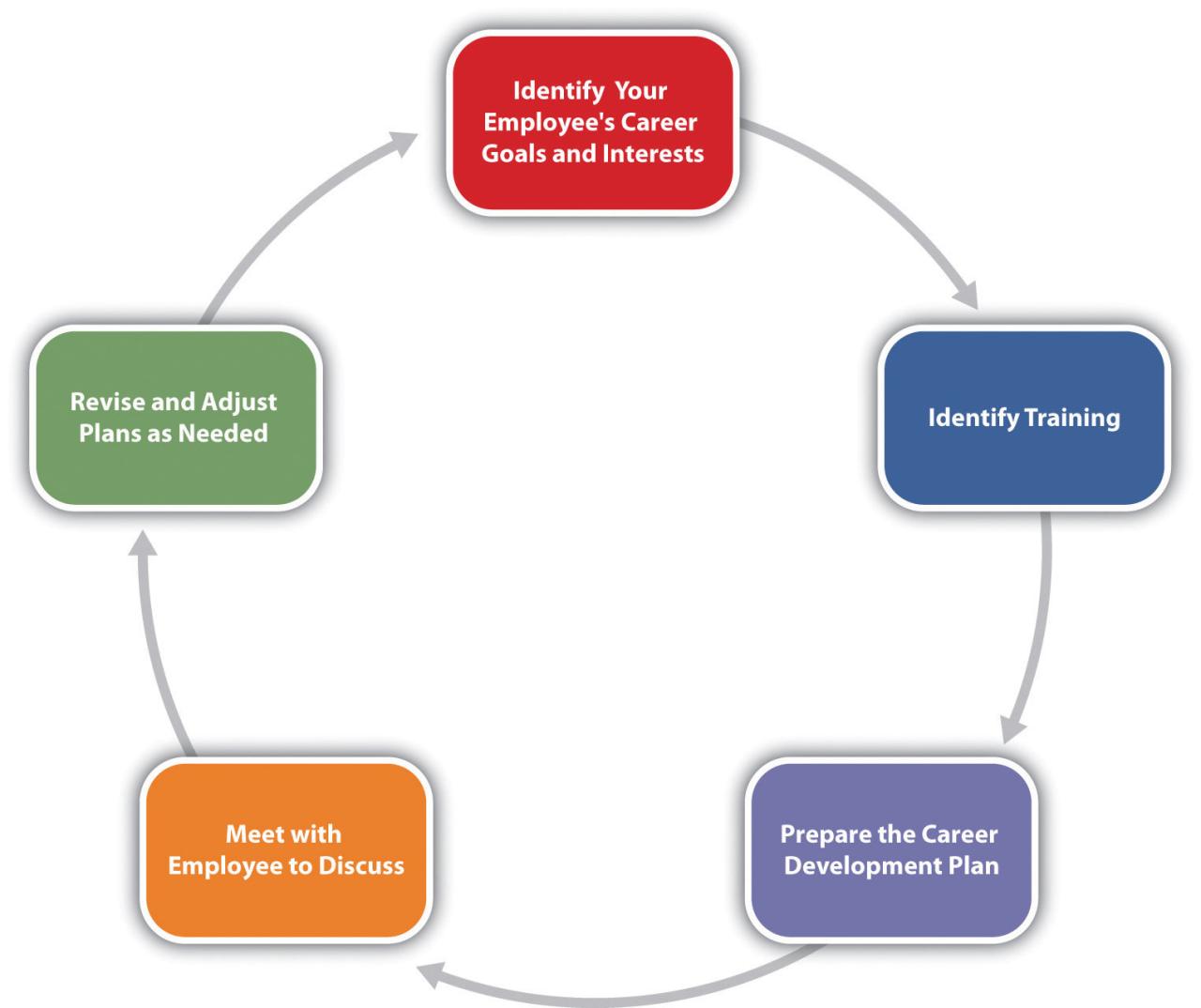Choosing the right IT courses based on career goals is crucial for a successful tech career. This guide helps you navigate the exciting world of IT education, from identifying your ideal career path and researching relevant courses to evaluating course content and planning your budget. We’ll explore various course types, learning methods, and financial aid options, empowering you to create a personalized learning plan that aligns perfectly with your ambitions.
The IT sector offers a vast landscape of opportunities, from software development and cybersecurity to data science and network engineering. Each path demands specific skills and knowledge, and choosing the right courses can significantly impact your career trajectory. This guide provides a structured approach to help you make informed decisions, ensuring you invest your time and resources wisely.
Choosing the Right IT Courses Based on Career Goals

Navigating the world of IT courses can feel overwhelming. This guide provides a structured approach to selecting the right courses aligned with your career aspirations, ensuring your investment in education translates into a successful IT career.
Identifying Career Goals in IT

The IT sector offers diverse career paths. Understanding your interests and aptitudes is crucial for choosing a suitable path. This section explores various IT roles, their required skills, growth potential, and salary expectations.
Picking the right IT courses is key – you need to know what you want to achieve! For example, are you aiming for cloud computing, or maybe cybersecurity? While you’re figuring that out, maybe check out this totally unrelated celeb gossip: Molly-Mae and Tommy Fury spark reunion rumours as they are. Anyway, back to your future career; careful planning now means a smoother path to your dream IT job later.
| Career Path | Required Skills | Growth Potential | Salary Range (USD) |
|---|---|---|---|
| Software Developer | Programming languages (Java, Python, C++), software design principles, problem-solving, version control (Git) | High; opportunities for specialization, team leadership, and senior roles. | $60,000 – $150,000+ |
| Data Scientist | Statistical analysis, machine learning, data visualization, programming (Python, R), database management | High; increasing demand for data-driven insights across industries. | $80,000 – $180,000+ |
| Cybersecurity Analyst | Network security, ethical hacking, risk assessment, incident response, security protocols | High; constant evolution of cyber threats creates ongoing demand. | $70,000 – $140,000+ |
| Network Engineer | Networking protocols (TCP/IP, BGP), network administration, troubleshooting, cloud technologies | Moderate; opportunities for specialization in cloud or security networking. | $65,000 – $120,000+ |
Researching Relevant IT Courses
Once you’ve identified your career goal, research relevant IT courses. Several reputable institutions offer various course types to meet diverse learning styles and career aspirations.
- Reputable Institutions: Consider universities (e.g., MIT, Stanford, Coursera), coding bootcamps (e.g., General Assembly, Flatiron School), and online learning platforms (e.g., Udemy, Udacity).
- Course Types: Certifications (e.g., CompTIA, Cisco), associate’s degrees, bachelor’s degrees, master’s degrees, and bootcamps each offer a different learning pathway and credential.
- Curriculum Comparison: Carefully examine course syllabi to ensure alignment with your chosen career path’s required skills. Look for practical projects and real-world applications.
- Prerequisites and Admission Requirements: Understand the prerequisites (e.g., prior programming experience, specific academic background) and application processes for each course type.
Evaluating Course Content and Structure
A well-structured course with high-quality content is crucial for effective learning. This section Artikels key factors to consider when evaluating course content and structure.
- Practical Application and Industry Relevance: The curriculum should emphasize hands-on projects, real-world case studies, and industry-standard tools and technologies.
- Hands-on Projects and Case Studies: These provide valuable experience and demonstrate practical application of learned concepts.
- Key Elements of a Well-Structured Course: Clear learning objectives, effective teaching methods (lectures, workshops, labs), ample support resources (documentation, forums, instructor assistance), and regular assessments are essential.
- Essential Aspects to Consider: Instructor qualifications, student reviews, course duration, learning pace, and overall course structure should all be evaluated.
Assessing Learning Resources and Support, Choosing the right IT courses based on career goals

Effective learning involves more than just course content. Access to quality learning resources and support systems significantly impacts learning outcomes.
- Learning Methods: Online, in-person, and blended learning approaches offer different benefits and drawbacks. Consider your learning style and preferences.
- Instructor Expertise and Student Support: Access to experienced instructors and responsive support services is crucial for addressing challenges and clarifying concepts.
- Industry Professionals, Networking, and Career Placement: Opportunities to connect with industry professionals, network with peers, and access career placement assistance are valuable assets.
- Evaluating Online Learning Platforms: Assess user experience, accessibility (device compatibility, ease of navigation), and the quality of learning materials (videos, interactive exercises, quizzes).
Budgeting and Financial Planning for IT Courses

Funding your IT education requires careful planning. Several options exist to manage the costs associated with tuition, materials, and living expenses.
| Funding Option | Application Process | Eligibility Criteria |
|---|---|---|
| Scholarships | Vary by institution and organization; typically involve application forms and essays. | Academic merit, financial need, specific program requirements. |
| Student Loans | Application through government agencies or private lenders; credit checks may be required. | Enrollment in an eligible program, credit history (for private loans). |
| Employer Sponsorship | Negotiation with employer; may involve demonstrating alignment with company goals. | Current employment, commitment to professional development, job relevance of the course. |
Creating a Personalized Learning Plan
A well-defined learning plan helps you stay focused and motivated throughout your IT education. This section Artikels strategies for creating and managing your learning journey.
Picking the right IT courses is key – think about what you want to do. For example, if you’re interested in supply chain management, understanding global manufacturing hubs is crucial; check out this article on how China’s role impacts the tech world: China is the manufacturing superpower | Hacker News. This knowledge can help you tailor your IT training to roles involving international logistics and tech sourcing, giving you a real edge in the job market.
- Sample Learning Plan: Develop a timeline that includes course selection, enrollment deadlines, study schedules, and project completion targets. For example, a plan might involve completing a foundational course in Python in three months, followed by a more advanced data science course over the next six months.
- Maintaining Motivation and Staying on Track: Set realistic goals, break down large tasks into smaller, manageable steps, and reward yourself for progress. Find a study buddy or join online learning communities for support and accountability.
- Continuous Learning and Professional Development: The IT field is constantly evolving. Commit to continuous learning through online courses, conferences, workshops, and independent projects.
- Tracking Progress and Adapting the Plan: Regularly review your progress, identify areas needing improvement, and adjust your learning plan accordingly. Be flexible and adapt to unforeseen circumstances.
Closure
Ultimately, choosing the right IT courses is a journey of self-discovery and strategic planning. By carefully considering your career aspirations, researching available options, and evaluating course quality, you can build a solid foundation for a thriving career in the dynamic world of information technology. Remember, continuous learning and adaptation are key to staying ahead in this ever-evolving field. So, start exploring, plan your path, and embark on your exciting tech journey!
Helpful Answers: Choosing The Right IT Courses Based On Career Goals
What if I’m not sure about my IT career goals?
Start by exploring different IT roles and researching their required skills. Consider taking introductory courses in various areas to see what interests you most.
How long do most IT courses take to complete?
It varies greatly depending on the course type (certificate, degree, bootcamp) and the institution. Bootcamps are typically shorter, while degrees take longer.
Are online IT courses as effective as in-person courses?
Effective online courses offer structured learning, interactive elements, and strong instructor support. The effectiveness depends more on the quality of the course than the delivery method.
Picking the perfect IT course? Think about your dream job first! Want to be a cybersecurity expert? Maybe a data scientist? Knowing your goal helps you choose the right path. For example, understanding current events, like learning about this concerning viral outbreak in China – check out this article: Viral disease HMPV is on the rise among kids in China — what is it?
– can help you see how IT skills are used to tackle real-world problems. Ultimately, aligning your course with your career aspirations is key to success.
What if I can’t afford the tuition for an IT course?
Explore financial aid options like scholarships, loans, grants, and employer-sponsored training programs. Many institutions offer payment plans.
